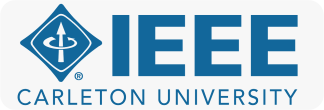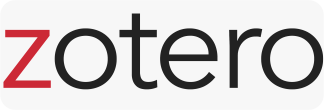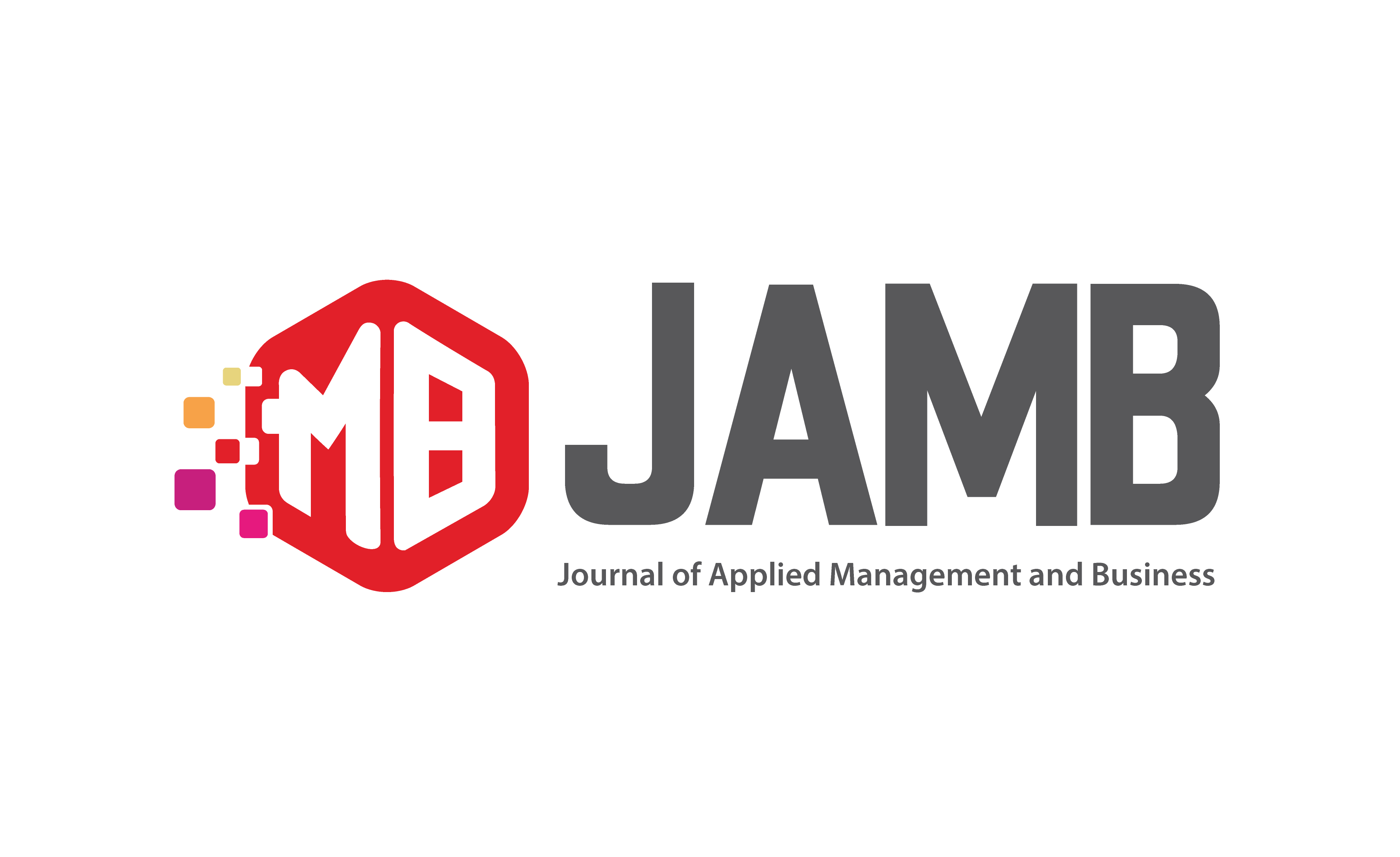Author Guidelines
MANUSCRIPT SUBMISSION INSTRUCTIONS
GENERAL REQUIREMENTS:
The submitted manuscript has never been published and is not in the process of evaluating other publications; it has obtained the approval of the co-author, if any, as the party who is equally responsible for the manuscript. The publisher will not be liable for claims or requests for compensation for matters relating to the manuscript. Manuscripts should be submitted via the submission menu in the Journal of Applied Management and Business at the address https://ejournals.dinamika.ac.id/index.php/jamb/about/submissions. Manuscripts submitted must be typed on A4 paper, one-spaced with paper margin as follows: right 2 cm, left 2,49 cm, top 3 cm, and bottom 2 cm. Manuscript must not exceed 10 pages including table and figure.
JOURNAL SCOPE:
This journal contains reviews of research results that have been published, associated with theory, valuation of other research results or policy provisions aimed at policymakers as material for decision-makers. Problems are discussed comprehensively, and strive to provide information about management and business.
Submission Preparation
Language:
Articles are written in English (abstract and keywords). The use of the term follows the KBBI (The Great Indonesian Dictionary).
TYPES OF MANUSCRIPT:
Manuscripts are arranged in the following order: title of the article, author’s name, the origin of institution and email, abstract in English (200 words) and keywords (English), introduction, research method, conclusion, and suggestion, acknowledgment (if any) ends with a bibliography using the reference management tool (Mendeley).
ARTICLE TITLE:
The title should be short, factual, and informative, accurately reflecting the manuscript’s content. The title cannot be more than 16 words.
AUTHORS’ NAME:
The author’s name, the name of the institution where the author works, and his email are listed below the title. If there is more than one author, then the writing of his name follows the writing code of ethics.
ABSTRACT:
The abstract summarizes the most important elements of the manuscript, written in one paragraph of no more than 200 words, and should not include abbreviations or references. Abstracts must be able to briefly describe the problem, purpose of writing, method, and conclusions.
KEYWORDS:
A minimum of three to three keywords consisting of one word or a combination of words that indicate the main subjects in the manuscript and are written in alphabetical order.
INTRODUCTION:
Covers the background, problem formulation, objectives, and relevant literature citations.
DISCUSSION:
The discussion refers to Scientific Writing reviews related to the results of management and business research associated with theory and evaluation of research results. The discussion is written concisely, focusing on the interpretation of the results obtained, and is not a repetition of the results section. The discussion is carried out comprehensively and aims to provide the management and marketing for a knowledge society, international and interdisciplinary in scope about management and business in Indonesia or other countries, their utilization, problems and solutions.
CONCLUSION AND SUGGESTION:
A brief description in the form of a complete sentence that answers the research objectives and problems and is complemented by suggestions or implications.
ACKNOWLEDGEMENT (IF ANY):
Addressed to parties who have assisted in completing activities or funding.
UNITS OF MEASUREMENT:
Units of measurement in text and graphics use the metric system, for example, in units of microns, mm, cm, km, for length; cm3, liters for volume; and g, kg, tonnes by weight. Avoid using pikul units, quintals, and so on.
TABLE:
Tables should be given short but clear titles with sufficient notes, including table sources if the table refers to other references so that each table can explain the information presented independently. Each table is numbered sequentially and reviewed in the text.
FIGURES AND GRAPHICS:
Figures and graphs must be explained in an informative manner. As with the table, the information on the graph must be sufficient to be presented independently. Figures and graphics should be reviewed in the text. Black and white or color photos should be of good quality.
BIBLIOGRAPHY:
Bibliography compiled using the Mendeley software, Citation Style: IEEE, with a list of minimum 10 references. Primary literature from several authors is expected to be more numerous than secondary literature. The novelty of the library has been attempted for the last 5 years.
MANUSCRIPT SELECTION MECHANISM:
The editors make corrections and improvements and change the format according to the journal’s informative nature without changing the manuscript’s meaning. The editor will return the manuscript to the author to be corrected following the results of the editorial corrections and the rejected manuscripts with reasons according to the editorial board’s decision. The author is expected to immediately return the revision of the manuscript so that it can be published on time.










